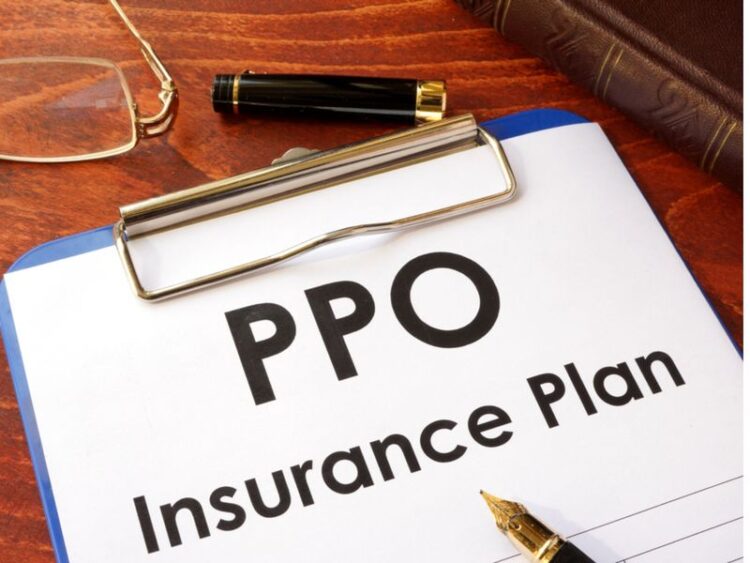Choosing the right health insurance that accommodates your family’s unique healthcare needs can be one of the most important decisions you make on behalf of your spouse and the dependents in your immediate family.
Unfortunately, finding comprehensive coverage that fits your budget isn’t always an easy task. As you shop for family insurance, you’ll have to consider the current cost of healthcare services, pre-existing conditions, requirements/prerequisites for your family plan of choice, and the affordability of coverage.
You’ll be happy to know that several insurance policies are not only affordable but will also cover all your family’s fundamental healthcare needs. Read on for a quick guide on how to narrow down all the family plans that are available to you and your family.
Page Contents
Why you need family insurance

source:totherootsoflife.com
Your state may have passed a law that mandates baseline coverage. Be sure to research your state’s position on health insurance, so you can be in compliance with local rules and regulations concerning coverage.
Whether or not health insurance coverage is a legal requirement, you stand to benefit in other ways if you purchase coverage that meets your family’s healthcare needs. Here are some of the nearly innumerable benefits of comprehensive coverage:
- Access to free preventive care
- Low-cost healthcare services
- Reduced annual healthcare costs
Your coverage will safeguard you against accruing medical debts. With reliable family insurance, you’ll be ready for any unexpected health concerns that may arise and affect your family medically and/or financially. Not only will comprehensive coverage make your healthcare affordable, but it will grant you much-needed peace of mind so you feel prepared for any curveball thrown your way.
Types of family insurance plans

source:pxfuel.com
There are many healthcare plans available for families. You can select government-sponsored, employer-based, or private coverage. If you’re employed, your employer may offer a healthcare program, as part of their benefits package. If the program offered by your employer doesn’t meet the needs of your immediate family, you can forego it and purchase another one. Here are some of the options available for you to choose:
Health Maintenance Organization (HMO) plan

source:medicaid-info.org
Under this type of insurance, you’ll be able to access healthcare from a group of healthcare providers in your area. Following the purchase, you’ll begin by choosing your primary care provider (PCP) who will be in charge of coordinating your health services and overall care. You’ll also have access to specialists that your PCP refers you to. Note, that you will be asked to pay a copay when you seek non-preventive medical services.
This family insurance is a great option if you require regular visits for preventive services. Your PCP will have your medical history on hand, which can direct your healthcare provider in the right direction, so they can properly monitor your health and determine when to refer you to a specialist.
Preferred Provider Organization (PPO) plan

source:medicaid-info.org
Your coverage provider will have a well-outlined network of healthcare providers and specialists in your area that can offer medical assistance whenever you visit an in-network physician or specialist. In a PPO plan, you won’t be required to connect with PCP. Yet another benefit of this family insurance is that you can visit the in-network specialists without a referral, so you don’t have to endure a series of appointments before you finally reach a specialist. Additionally, you will not be asked to pay for your preventive care, although you should expect to pay a copay for non-preventive care.
A PPO program allows you to deviate from your network of specialists and healthcare providers under special circumstances such as medical emergencies. You may also have a once in a year deductible. A Preferred Provider Organization program could be ideal for you and your family if you or a loved one needs to visit a specialist on a regular basis.
Exclusive Provider Organization (EPO) plan
With this program, you won’t have to refer to a PCP to coordinate your healthcare. In addition, you’ll be able to access services from any of the healthcare providers and specialists within your network.
One detraction of this family insurance option is you are limited to the healthcare providers in your network. Except for in the case of emergencies, you can only receive healthcare from the physicians and specialists approved by your coverage provider. An EPO program will be the best family insurance option for you if you’re comfortable with limiting yourself to a defined network of doctors and specialists.
Point of Service (POS) plan

source:medicaid-info.org
This program lets you choose the PCP that you can go to for preventive care and he can refer you to a specialist. However, you are at liberty to seek medical attention from outside the network if you are willing to copay. This will give you the flexibility of choosing the medical provider of your choice for any visit at an extra cost.
High Deductible Health (HDH) Plan
An HDH program gives a beneficiary the additional benefit of a Health Savings Account (HSA). This option can also be paired with your PPO, EPO, POS, or HMO for extra healthcare benefits.
Your contribution to the HSA can be on a tax-deductible or pre-tax basis. You can use these savings/tax deductions to purchase a plan that is compatible with HSA. This family insurance may be a suitable fit for your family if you want to save on your monthly premiums, and you aren’t planning to use your medical coverage.
GAP insurance plan
A GAP insurance plan is a great option for those beneficiaries who don’t have comprehensive coverage or those beneficiaries who want to boost your existing coverage. You can choose critical illness insurance, fixed benefit insurance, or accident insurance under this program.
Other types of programs outside the Affordable Care Act include employer-based insurance systems, government-sponsored programs like Medicaid and Medicare, as well as Catastrophic Plan (if you are under the age of 30).
How to choose a family insurance plan

source:economictimes.indiatimes.com
One of the major determining factors in settling on a family insurance plan is cost. While insurance coverage can significantly reduce your annual medical expenses, you will have to budget for some of the costs associated with insurance coverage including the following:
Premiums
Your coverage provider will expect you to pay a monthly premium for your plan to remain active. The premium will vary depending on the extent of your coverage, your family size, and your provider of choice.
Deductible
This is the annual amount that you’ll need to pay to activate your insurance plan. If your annual medical costs exceed your deductible amount, the deficit is paid for by your provider.
Copayments
You may need to pay a fixed amount for every visit to your medical provider or specialist. If the cost exceeds what you have paid as your copay, your insurer will cover the excess cost.
Final Thoughts
AHiX Marketplace is a plentiful resource for information on family insurance plans available on the market. Here, you’ll be presented with your coverage options and directed to choose between an ACA or non-ACA family plan.





